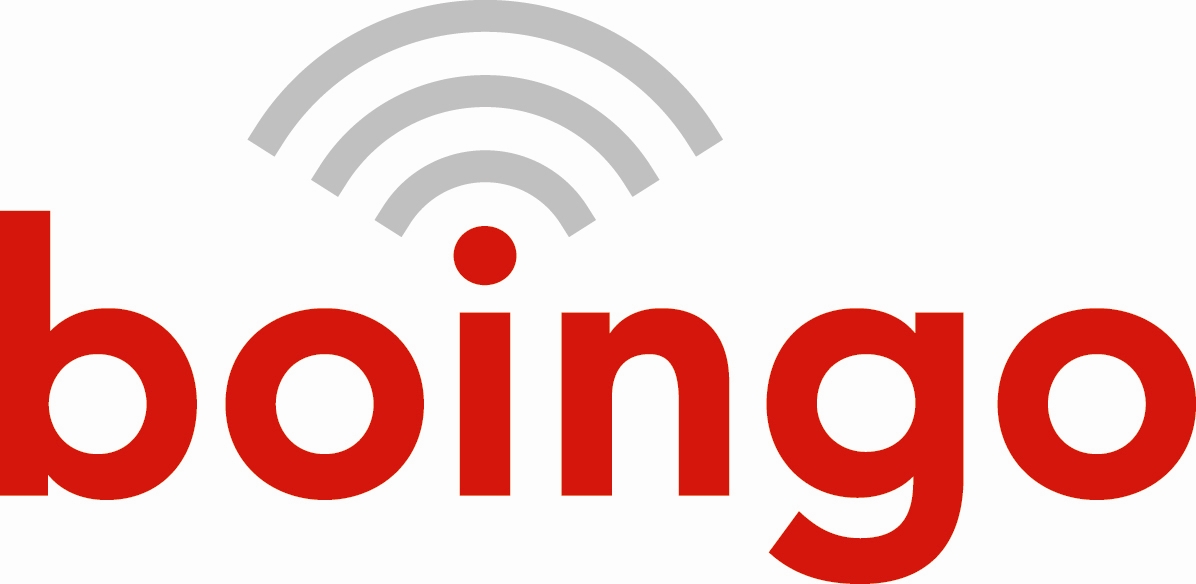Healthcare Looks To Digital Transformation With Help From 5G

Healthcare is changing rapidly, and in more ways than one. Beyond the impact of the coronavirus pandemic on places like hospitals and medical centers, there is the growth of the “medtail” trend where new medical facilities are designed and located to provide the convenience consumers have grown to expect from retail businesses. An example is a new physical therapy office operating adjacent to a supermarket and other highly trafficked stores.
No matter what form of healthcare, there is major digital transformation occurring, where everything from electronic health records to robots used in surgeries are redefining patient care and healthcare operations. At the foundation of these new use cases is connectivity. By connecting patient care, healthcare organizations of all sizes can streamline their operations, allow quicker access to care data and automate more processes, among other beneficial changes.
“Digital transformation at hospitals and medical centers is speeding up,” said Michael Zeto, Boingo Wireless chief commercial officer. “A record 93% of healthcare executives told Accenture that they are innovating with a sense of urgency.”
With challenges that include aging infrastructure, privacy and cybersecurity concerns and cost, ambitious goals of connected, smart facilities are not realistically achievable, Zeto noted, if organizations rely 100% on existing wireless and dated WiFi infrastructures.
Here are Zeto’s observations on how hospital and commercial real estate leaders can diagnose and treat today’s biggest technology challenges in healthcare.
5G Wireless Networks And The Hospitals Of The Future
“Hospitals can no longer do it alone or rely on public WiFi networks for patient care in the 5G era,” Zeto said. “These traditional networks can pose security, congestion and reliability issues.”
The public WiFi that supports patients scrolling through social media in the waiting room is not ideal for powering critical medical devices or transferring sensitive patient data. Instead, Zeto said a fully connected medical facility is best achievable through a convergence of leading wireless technologies — a pairing of private networks, WiFi 6/6E and distributed antenna systems (known as DAS), depending on the hospital’s end goals.
Unlike a public network running over WiFi shared by many users and applications, a private network can be configured with cellular technology to a hospital’s specific location needs with robust layers of security. The dedicated bandwidth of a private network allows hospital campuses to connect more devices without quality concerns.
The result is a reliable network that maximizes operational efficiencies and helps the organization improve productivity across the board.
“Private, dedicated cellular networks are custom-built for a facility,” he said. “They can power new use cases that elevate patient care and retain valuable hospital staff. They can be used to facilitate healthcare operations, including integrated safety and security management, telerobotic systems connectivity and on-demand electronic health records and digital images.”
The Benefits Of A Connected Hospital Campus
Accenture’s study warned that healthcare organizations that do not embrace digital interconnectedness could put themselves at a competitive disadvantage.
“The gap between healthcare’s digital leaders and laggards grows by the day and waiting it out will only put some further behind,” the study said. “To be successful, the healthcare C-suite must adopt a digital-first, people-centric approach across all areas of the organization.”
Zeto said 5G will help healthcare organizations succeed in this digital-first environment.
“What 3G and 4G did for consumers by putting the internet in their pockets, 5G will do for healthcare — connecting not only billions of people, but billions of things,” he said.
5G’s fast speeds, flexibility and security open new opportunities for hospitals and medical centers. Boingo’s healthcare clients include one of the nation’s leading hospital systems, for which it has been brought in to help securely connect its campus, which covers 35,000 staff members, 106,000 annual patients and 100,000 annual surgeries.
Zeto said that other advantages to a fully connected medical facility include connected utilities and predictive equipment, increased point-of-care testing capabilities and reliable device connectivity throughout the hospital campus.
“None of that would be possible without scalable network infrastructure that is 5G-ready and able to securely handle the demands of Internet of Medical Things applications,” Zeto said. “With next-generation connectivity, hospitals can create intelligent buildings that realize the potential of digital health apps and devices, software deployments, automation, robotics, machine learning and more.”
Despite complexities, the time to act is now, Zeto said.
“With the advanced technical aspects involved in creating a 5G-enabled hospital facility, healthcare systems should seek out a professional network service provider to guide them and map their digital transformation out into executable stages,” he said. “They need to invest now in scalable wireless networks that will grow with their hospital technology needs.”
This article was produced in collaboration between Studio B and Boingo Wireless. Bisnow news staff was not involved in the production of this content.
Studio B is Bisnow’s in-house content and design studio. To learn more about how Studio B can help your team, reach out to studio@bisnow.com.

